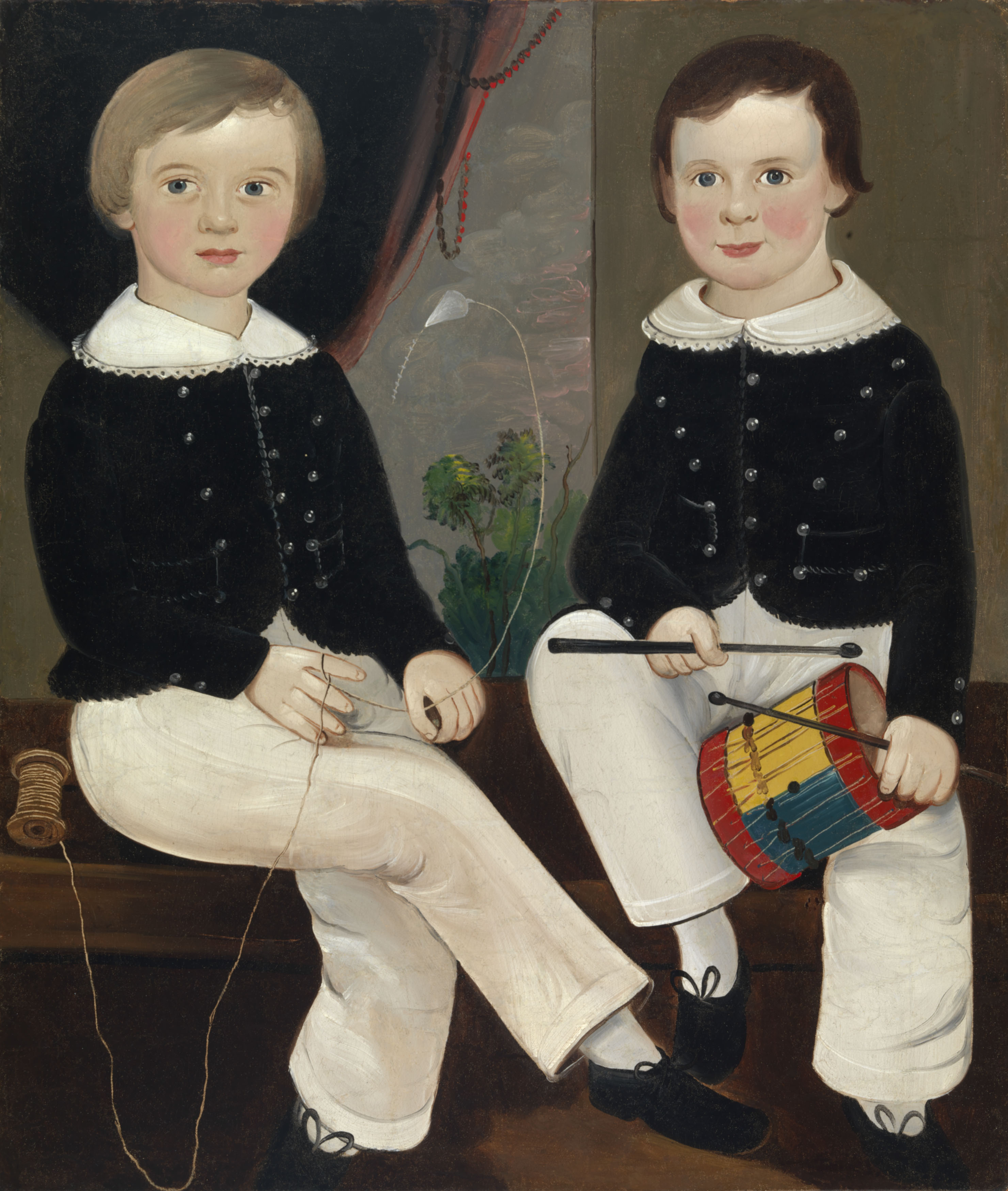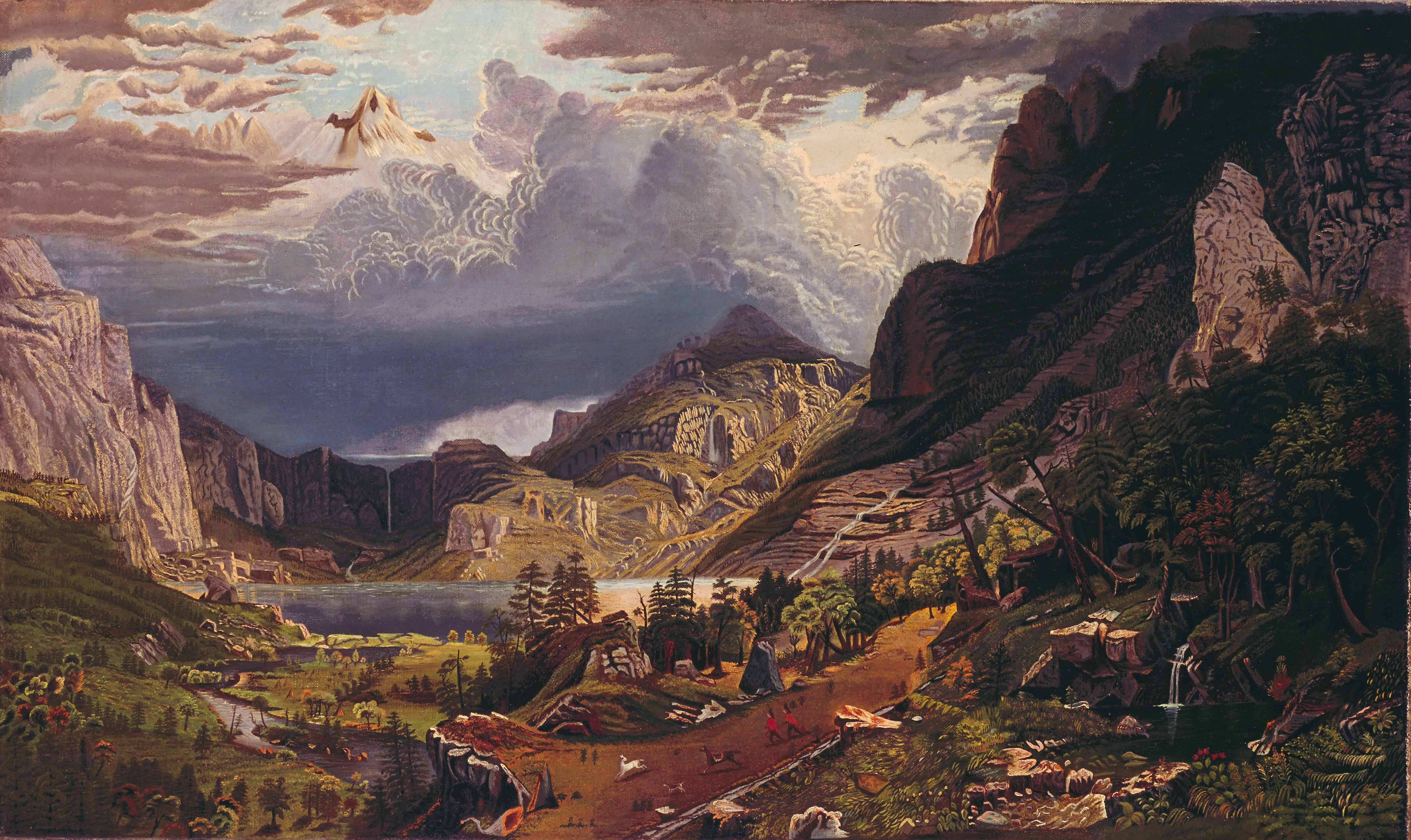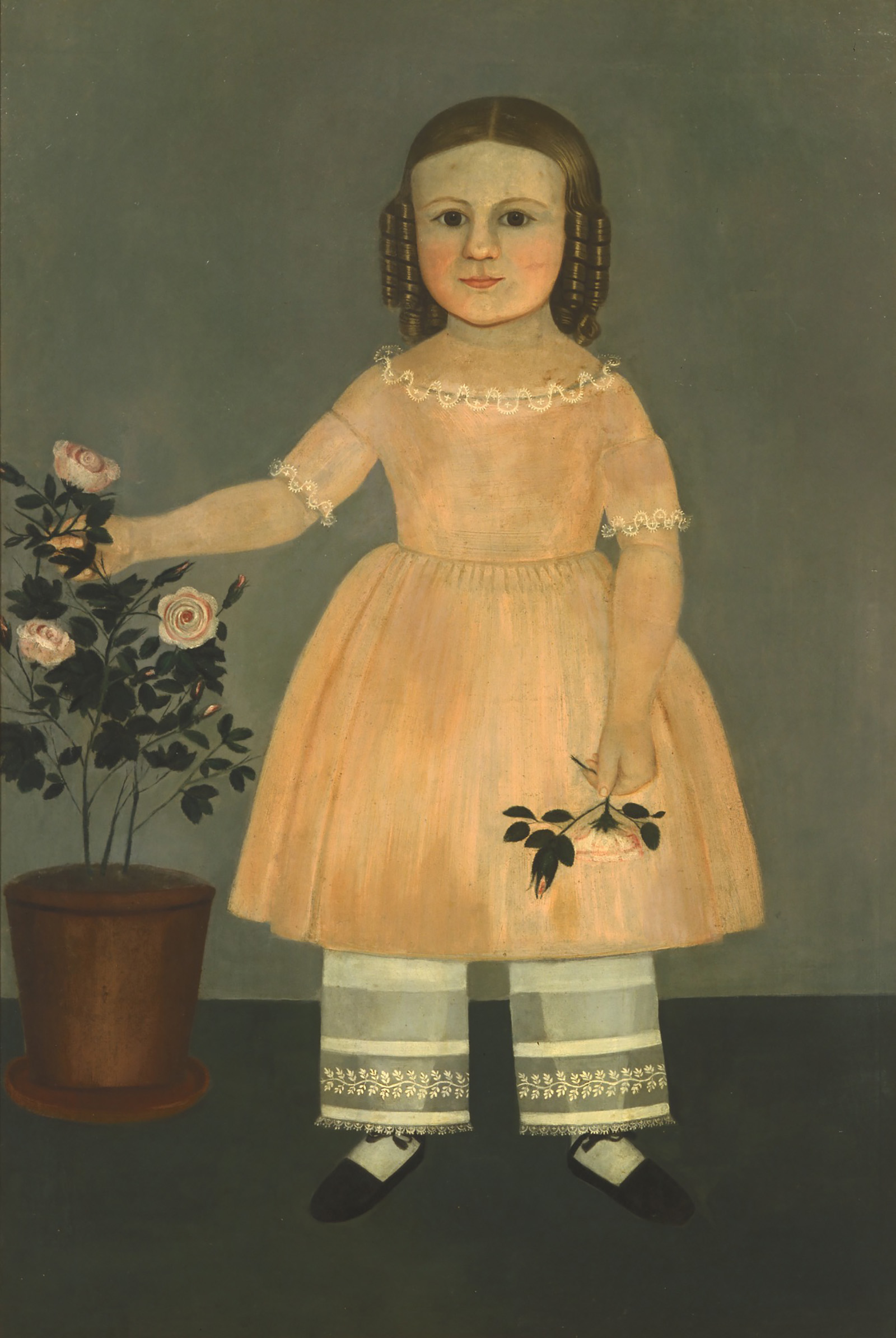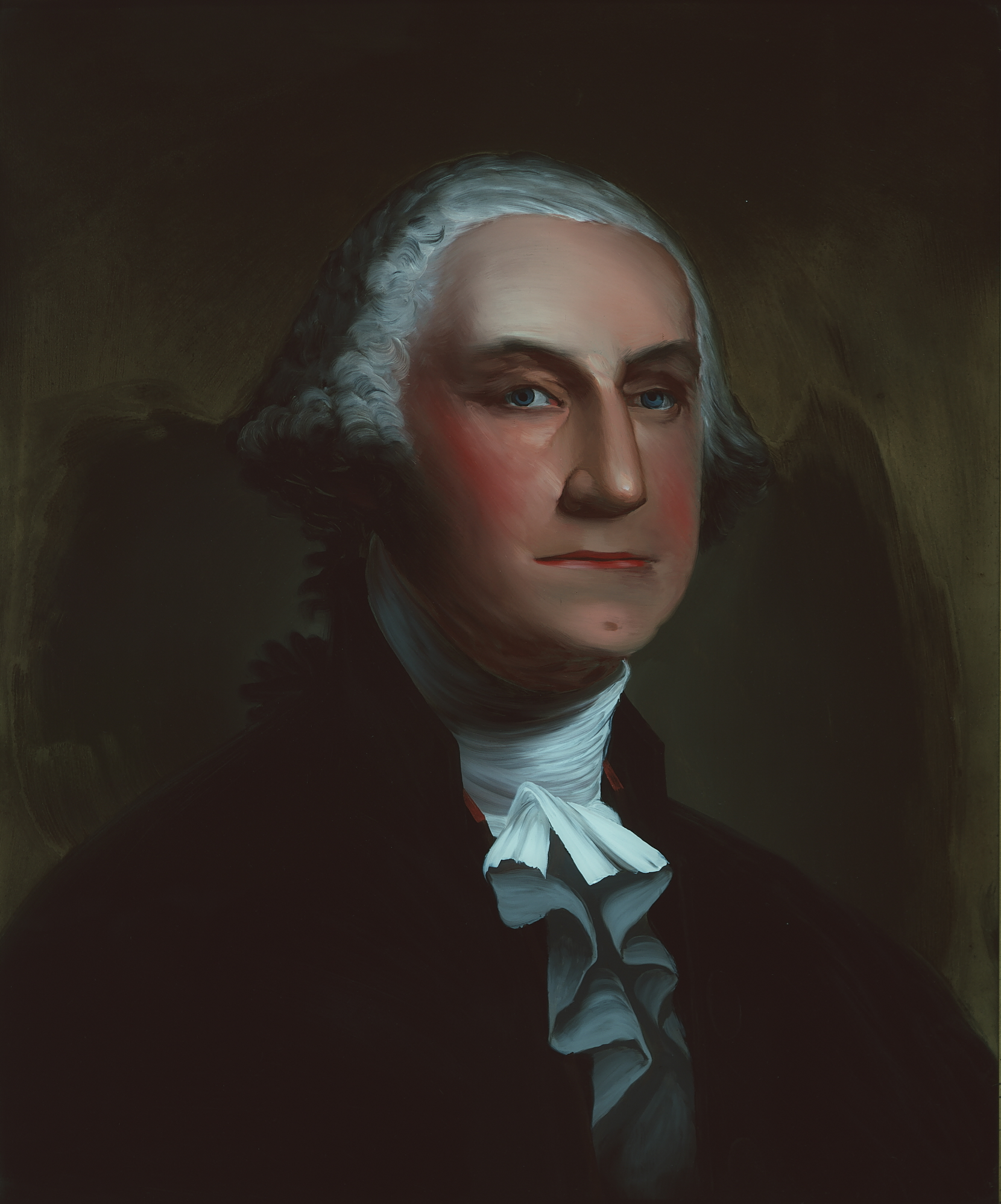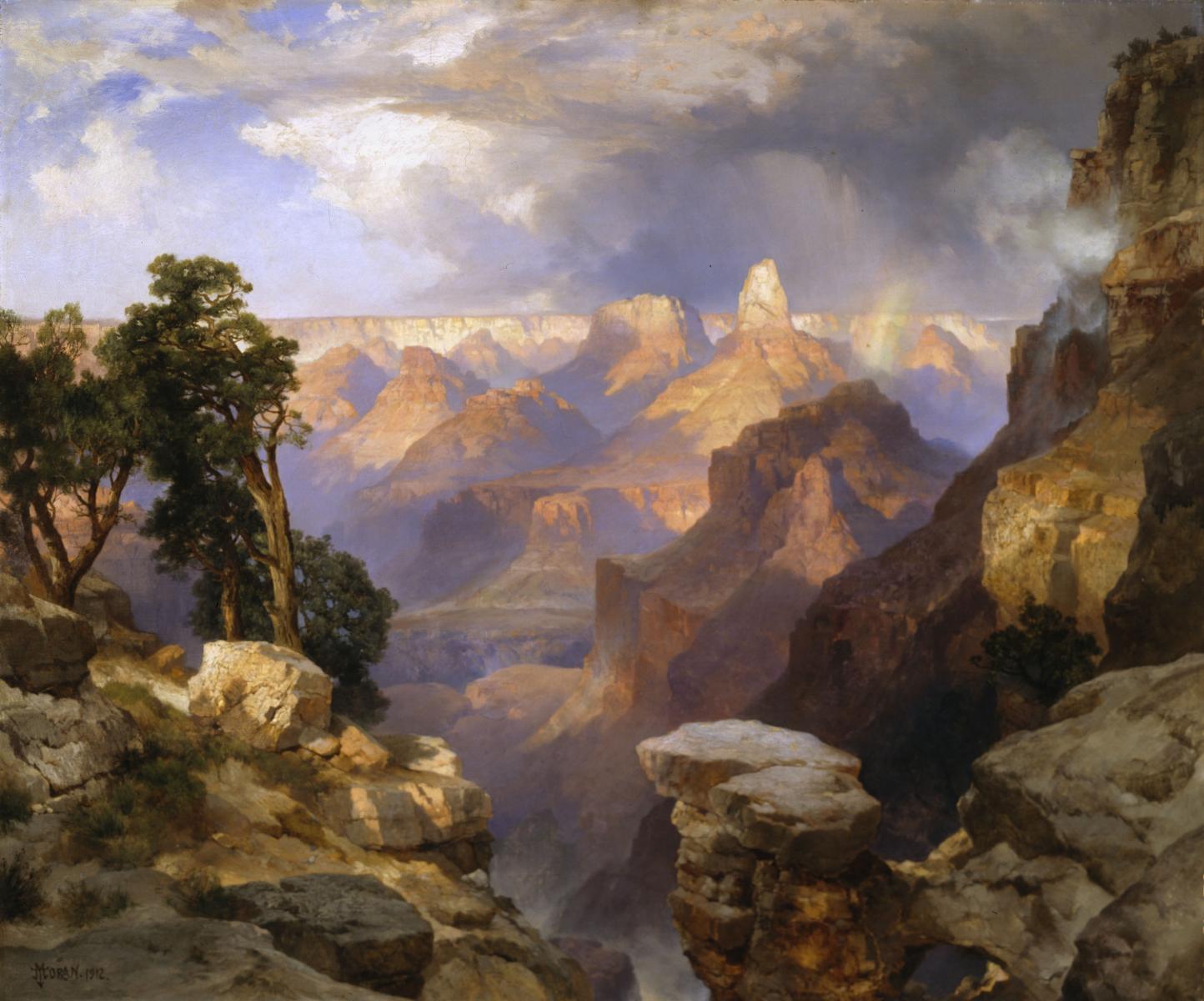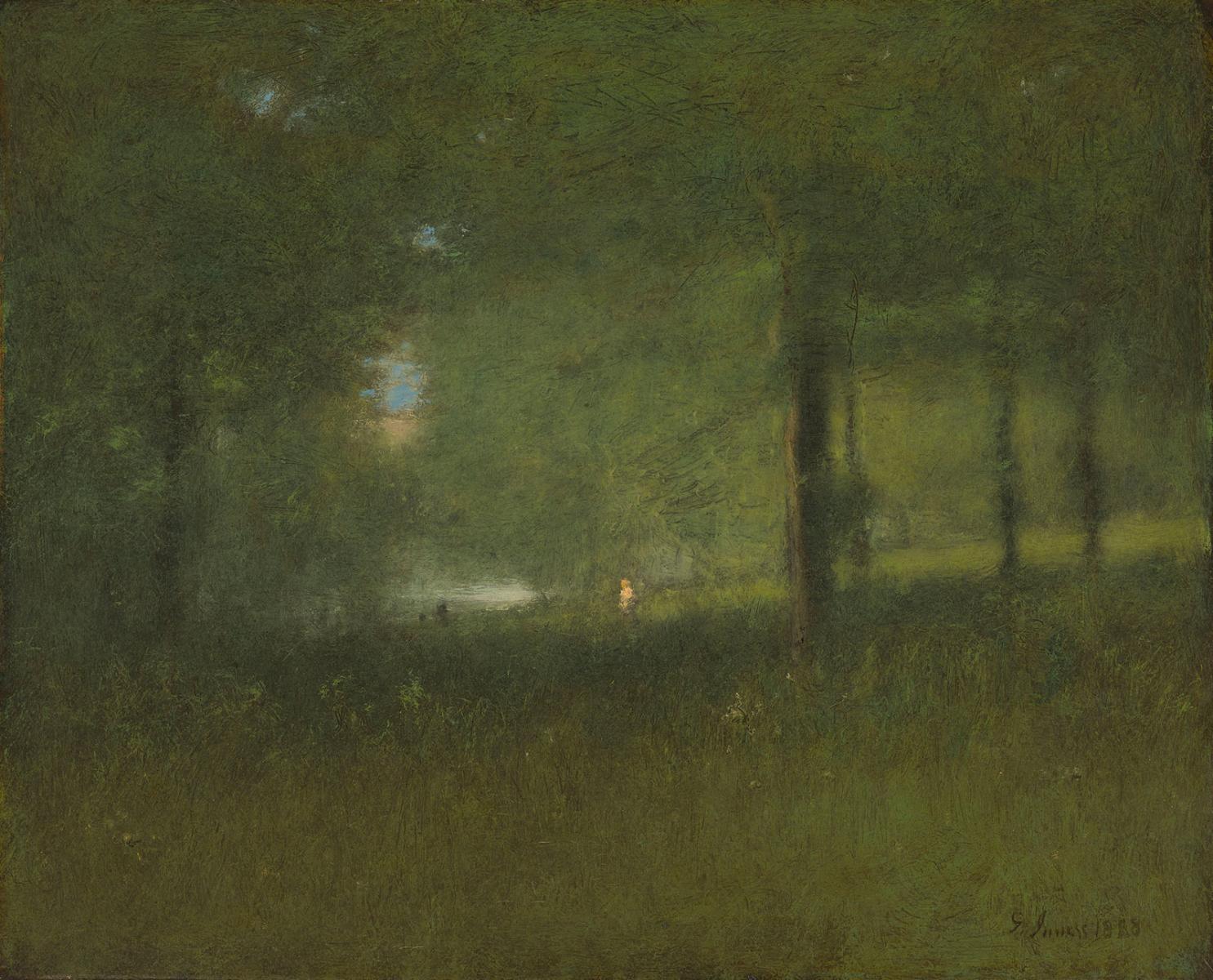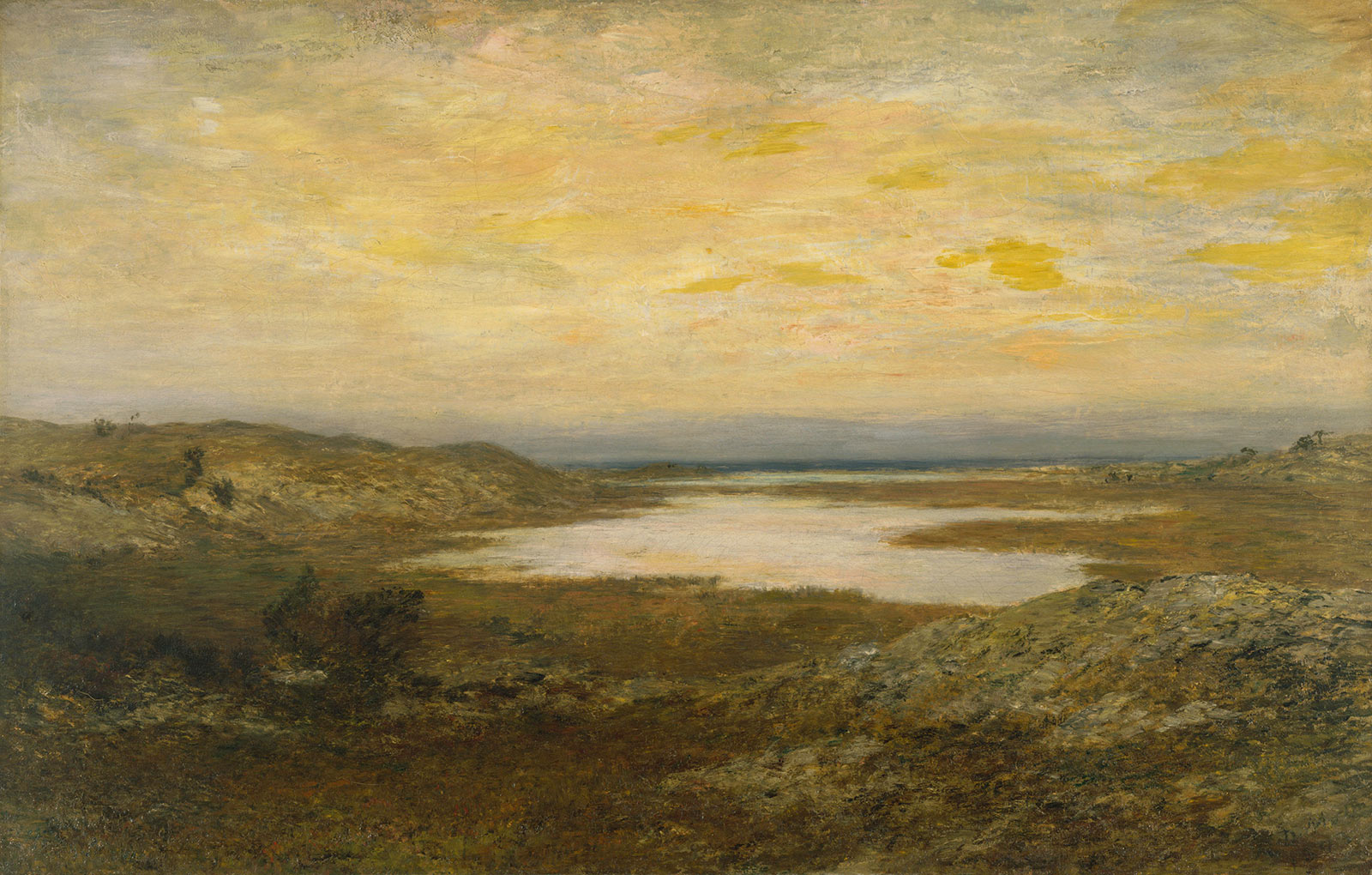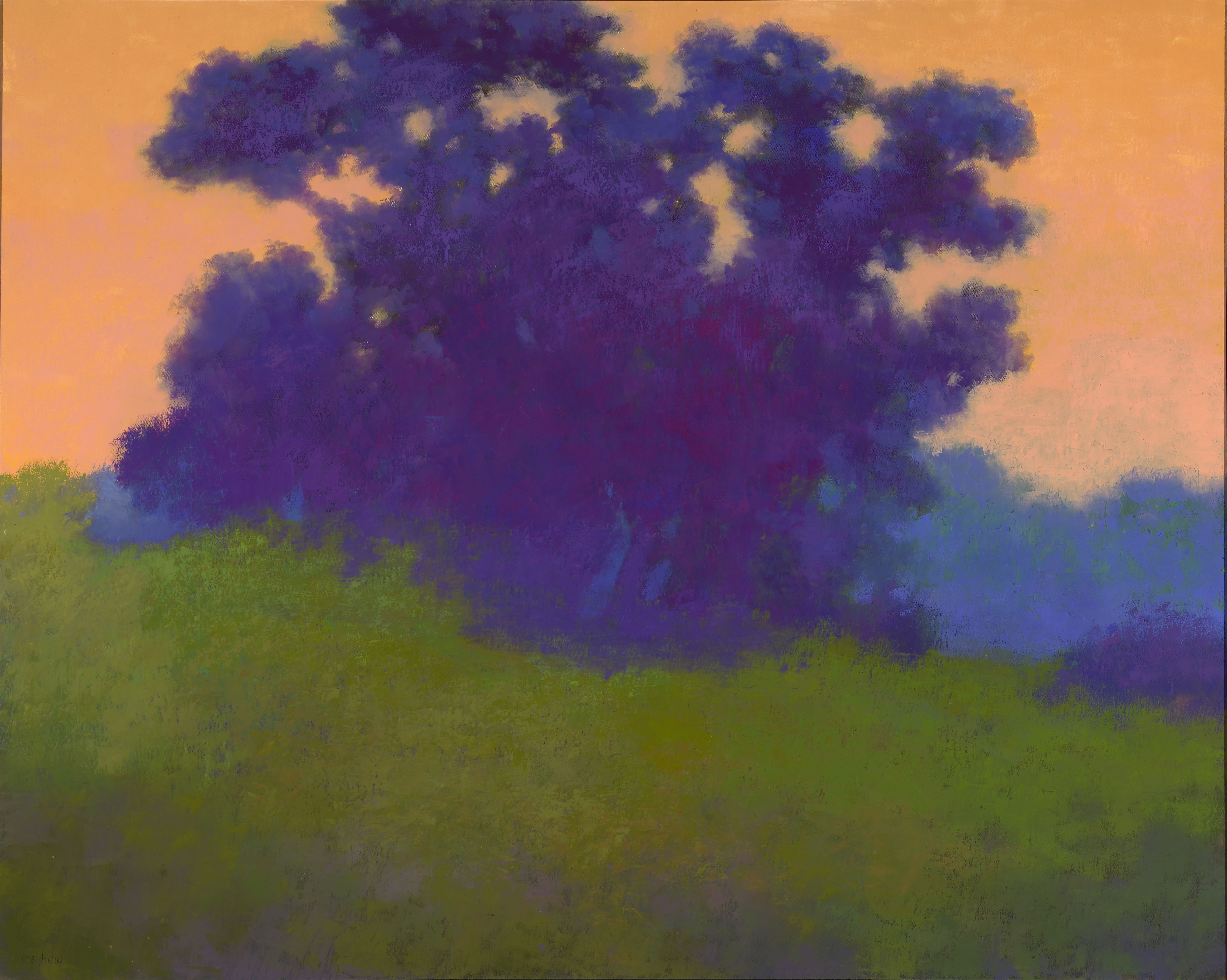Young Boy with Dog
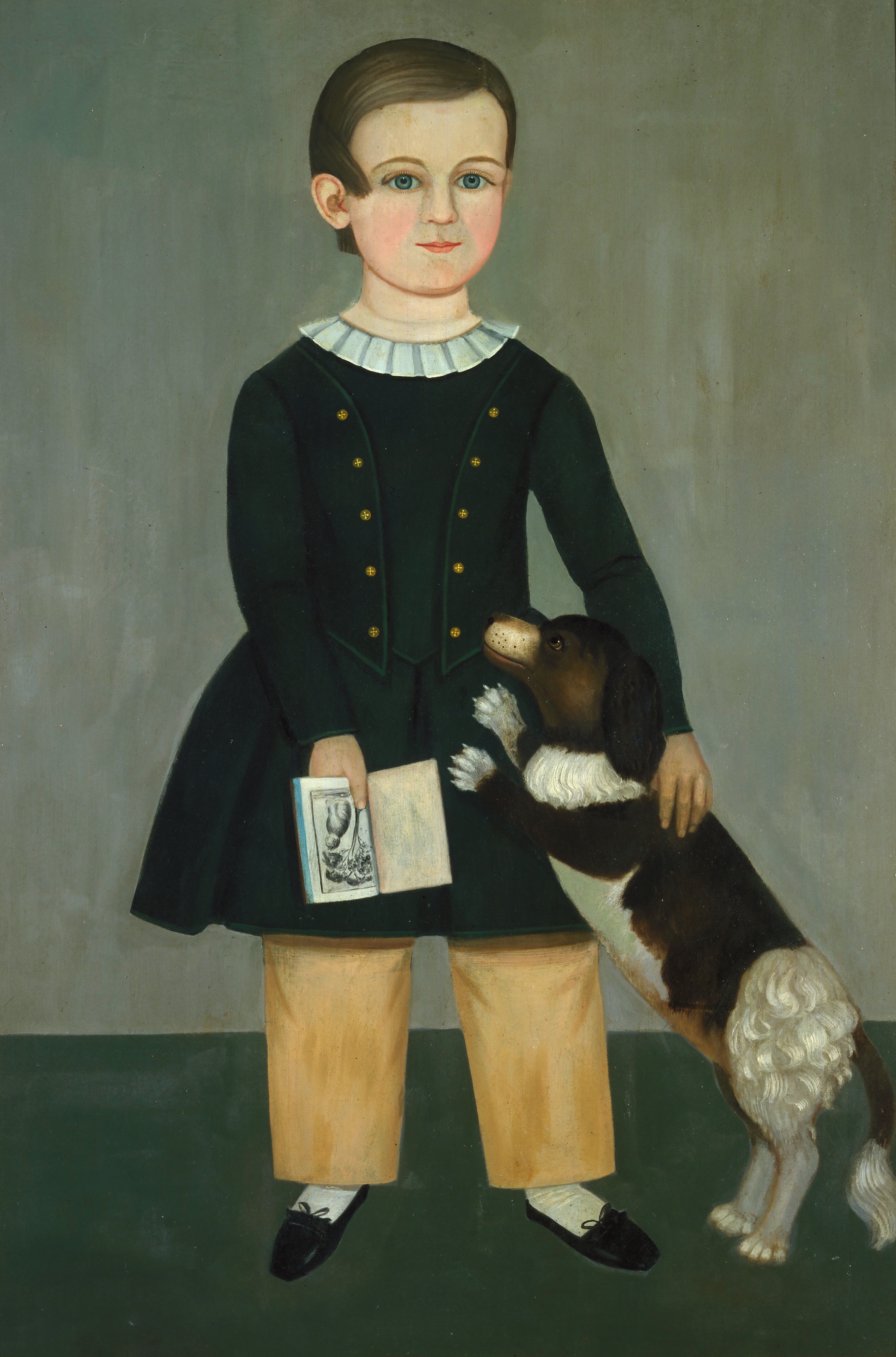
What objects represent your childhood?
Miller’s portraits of children share some common attributes, such as large, almond-shaped eyes, individually painted eyelashes, meticulously rendered clothing details, and full, pink cheeks. His flesh tones feature shades of blue, which he probably used to prime his canvases. In this painting, a young boy looks up from his picture book to meet the viewer’s gaze; his puppy appears to have just jumped up, perhaps excited by the viewer entering the scene to meet them.
